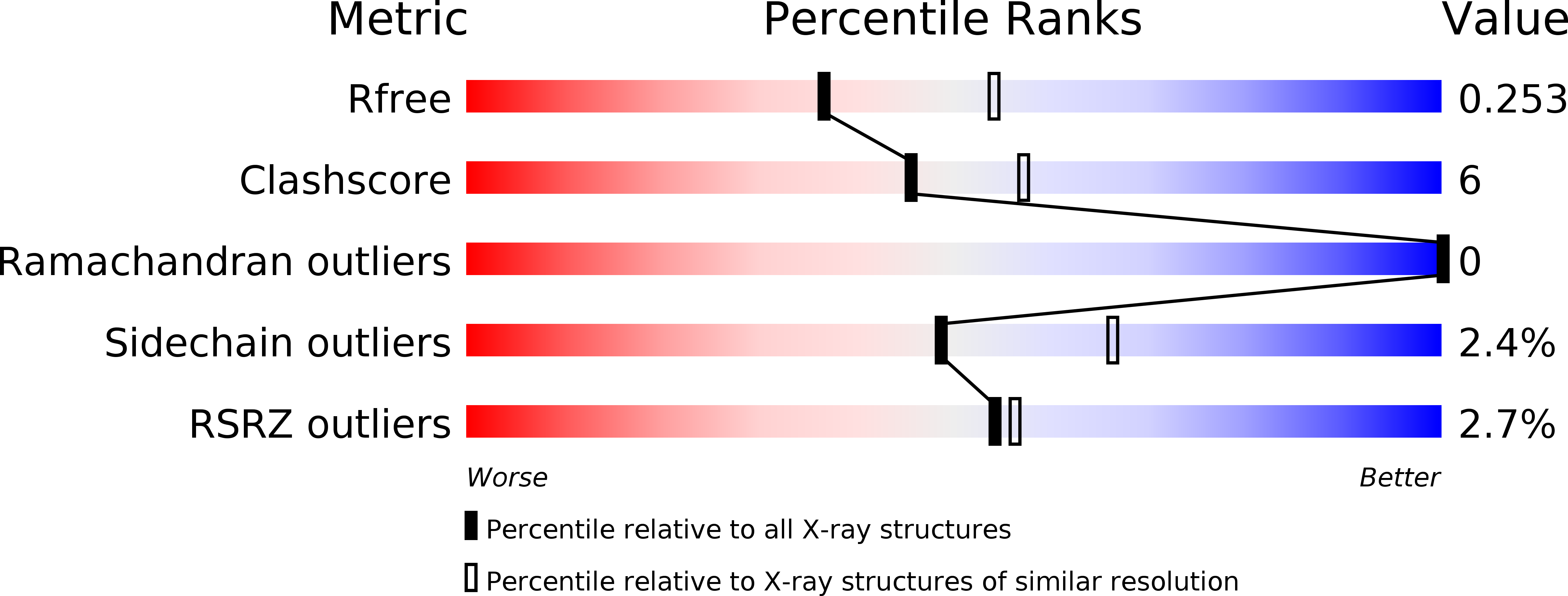
Deposition Date
2019-01-18
Release Date
2020-01-22
Last Version Date
2024-10-23
Entry Detail
PDB ID:
6NPR
Keywords:
Title:
Crystal structure of H-2Dd with C84-C139 disulfide in complex with gp120 derived peptide P18-I10
Biological Source:
Source Organism:
Mus musculus (Taxon ID: 10090)
Homo sapiens (Taxon ID: 9606)
Human immunodeficiency virus 1 (Taxon ID: 11676)
Homo sapiens (Taxon ID: 9606)
Human immunodeficiency virus 1 (Taxon ID: 11676)
Host Organism:
Method Details:
Experimental Method:
Resolution:
2.37 Å
R-Value Free:
0.25
R-Value Work:
0.17
R-Value Observed:
0.18
Space Group:
P 2 21 21


